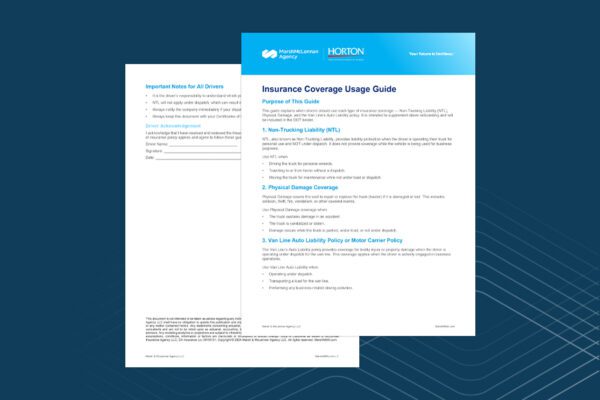By: Liz Letke, Vice President; and Alec Wohlever, Vice President
Partnering with a Professional Employment Organization (PEO) can be an effective way for smaller employers to offer benefits to their employees and outsource day-to-day human resource administration tasks. However, if that company ends up being acquired by a different organization, a PEO can cause many headaches and complications for the buyer as they develop their transition plan post-close.
If your business is acquiring a company that uses a PEO, here are some helpful tips to consider for your mergers and acquisition (M&A) plan as you navigate this complex process. These recommendations should address any issues you may experience while you are working with the PEO.
Review the Termination Notice
PEO contracts often require a 30 to 60-day notice of termination and in some cases longer. It is critical that copies of the PEO contract are thoroughly reviewed during the diligence process. This will ensure any applicable notice requirements are taken into consideration when developing the transition plan.
Anticipate Issues with Flexible Spending Accounts (FSA)
If the seller offered their employees an FSA benefit through the PEO, it might not allow employees to access or roll over funds once the contract terminates. Buyers should be conscious of potential FSA problems that could impact employees post-close and develop a plan to ensure a smooth transition.
Address Deductible and Out-of-Pocket Accumulations
Employees’ accumulations towards their deductible and out-of-pocket often reset on a calendar year. Because of this, buyers need to request accumulation reports for any employees being removed from a PEO’s benefits mid-year and provide them to their plan’s carrier. This way, employees are given credit under the buyer’s plan for accumulated spending towards their deductible and out-of-pocket costs. Getting this data can prove difficult to obtain from some PEOs, so buyers should address this early in the process to ensure minimal adverse impact to employees.
Evaluate the Cost Impact
It can be hard to uncover the “true” cost the business is paying the PEO. There are many elements that need to be evaluated, including what are the company is being charged for benefits, payroll, tech, fees, etc. If the buyer wishes to assume the PEO policy in a stock purchase, they will need to ensure the diligence process identifies total cost. They also need to determine the cost of each component provided by the PEO.
Analyze Claims Data and Tax Implications
In some cases, it can be difficult to extract claim and utilization data from a PEO. Evaluating claims data to understand the risk of the employees being brought over in the transaction can be useful in developing a forward-looking benefits strategy for the buyer’s platform. It is important for the buyer to request claim information during the diligence process.
If the seller’s PEO is not certified in a mid-year transaction, any accumulated FICA and SUTA wage bases will likely need to be reset for employees. The IRS maintains a list of certified PEOs here.
Additional Considerations as You Develop Your M&A Plan
If the group has Employer Practices Liability Insurance or Workers’ Compensation through the PEO, that will need to be placed upon the close. There is also a possibility that the payroll/benefits administration technology will be disrupted when the company leaves the PEO, unless they allow for an ASO model. Additionally, if the PEO is handling the 401k, that would also need to be evaluated and placed post-close.
The company being acquired may be relying on the PEO to handle day to-day Human Resource services (including but not limited to running payroll, onboarding, training, compliance, etc.). This may need to be backfilled or in-sourced when that company leaves the PEO.
Additionally, allow plenty of time for the due diligence process. Depending on the PEO, it may be more difficult to obtain important plan documents, insurance policies and other relevant items that you would typically review during the diligence process. It can be difficult to plan accordingly for this, as deals often pop up unexpectedly – but it is important to allot as much extra time as possible.
In the early stages of the transaction process, it is helpful to find out if the seller uses a PEO. The earlier you are aware of this, the easier this process will be. Knowing this information ahead of time will help you navigate obstacles caused by the PEO and prevent any unnecessary surprises during the closing process.
To simplify the process and alleviate stress, it is best to develop your M&A plan in advance. Do you need assistance getting started? Reach out to Horton to discuss and design an M&A plan to help your next deal go as smoothly as possible.
Material posted on this website is for informational purposes only and does not constitute a legal opinion or medical advice. Contact your legal representative or medical professional for information specific to your legal or medical needs.




